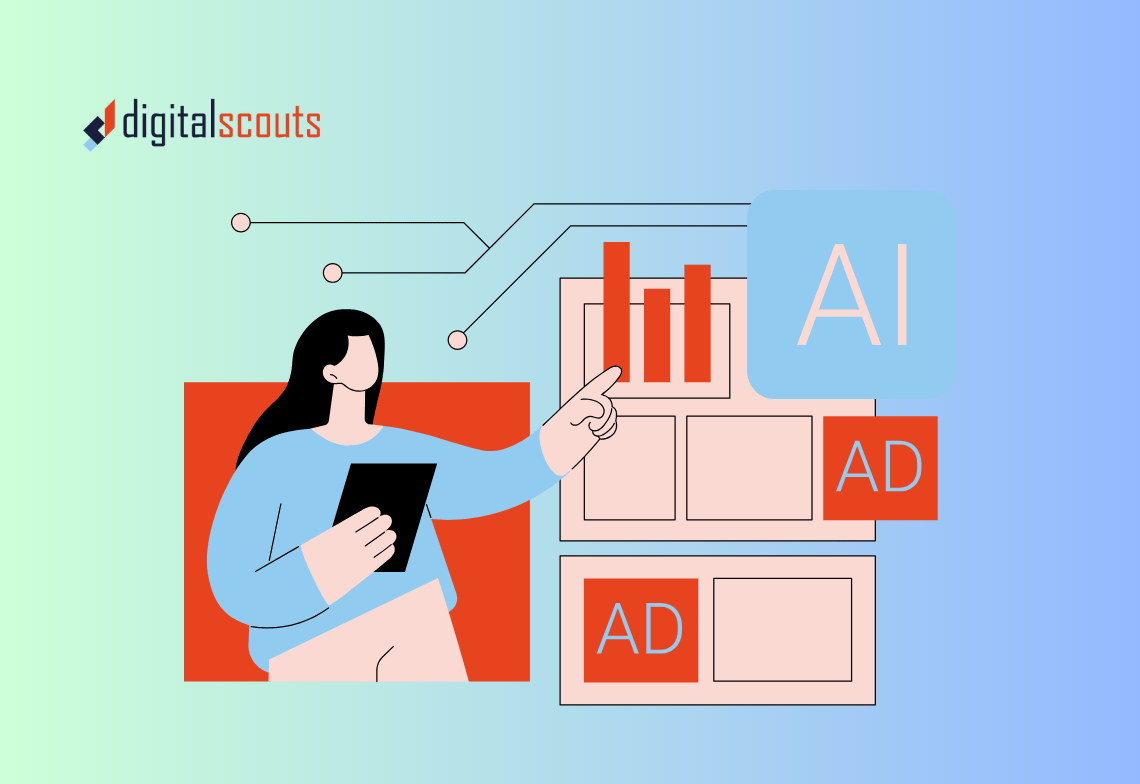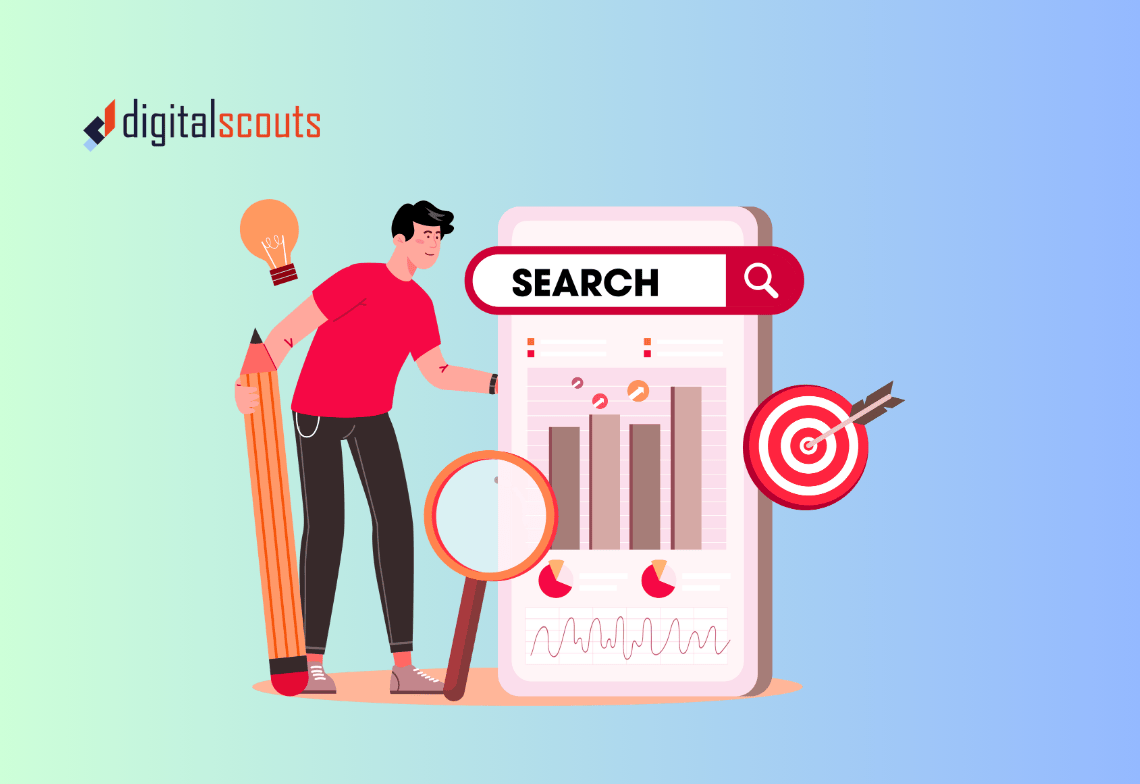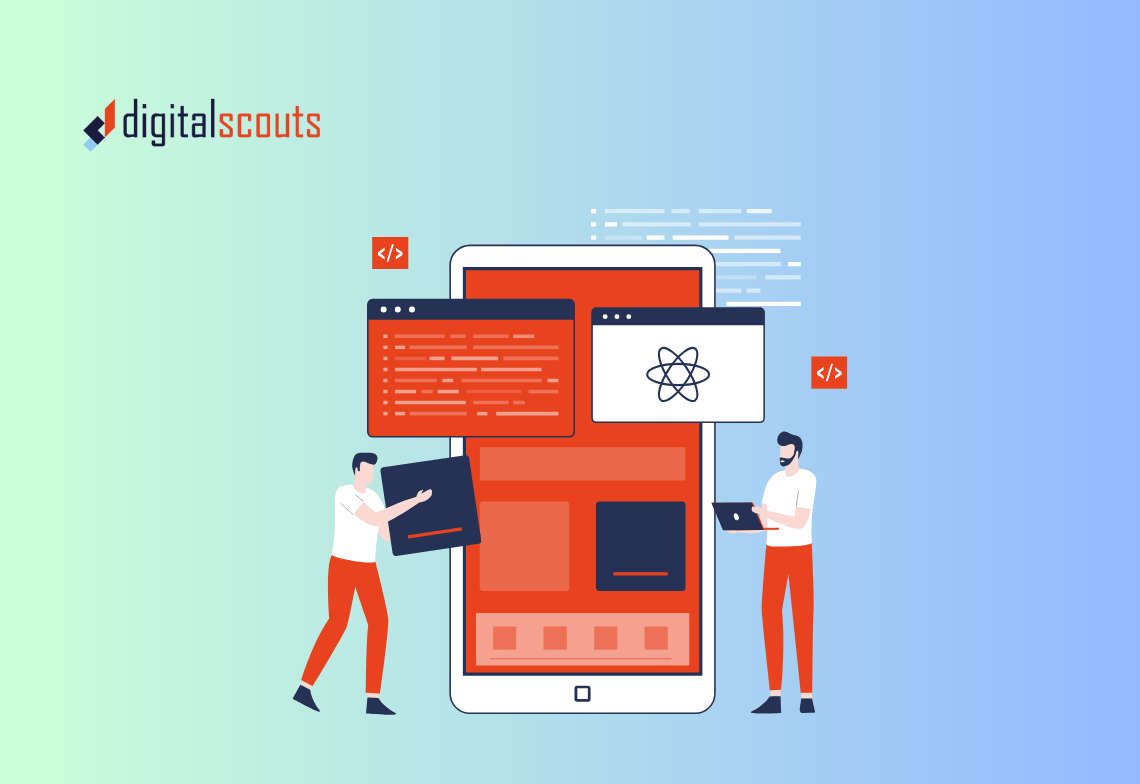Traditional SEO was built on keywords. You chose a phrase, added it throughout your content, and optimised for rankings. But search has evolved. Artificial intelligence is reshaping how information is discovered and delivered. Instead of matching keywords, search engines now interpret entities — the people, companies, topics, and concepts that give meaning to your content.
Entity-based SEO is how businesses become visible in this new landscape. It helps your brand appear as a trusted, verifiable source in both traditional search results and AI-generated answers from tools like Google AI Overviews, ChatGPT, and Bing Copilot.
In this guide, we will explore what entity-based SEO means, how AI-driven search engines interpret context, and how you can build an entity-first strategy that drives authority, accuracy, and conversions.
What Is Entity-Based SEO
An entity is any real-world object or concept that can be defined and understood — a company, product, person, location, or idea. Google and other AI systems use entities to understand relationships between information and to determine which sources are most trustworthy.
Unlike keyword-based SEO, which focuses on matching text strings, entity-based SEO builds a web of context. It connects your brand to related topics, structured data, and verified sources. This approach helps search engines and AI models recognise your authority within a topic area.
Example
-
A keyword strategy for a CRM company might target “best CRM for B2B.”
-
An entity-based strategy would connect that company to broader topics such as “customer relationship management,” “sales automation,” “HubSpot integrations,” and “RevOps.”
When your content consistently aligns with these interconnected entities, AI-driven search engines begin to recognise your brand as an authoritative source within that knowledge graph.
Why Entity-Based SEO Matters in AI Search
AI search engines no longer return a simple list of results. They synthesise answers. To do that effectively, they rely on entities — structured data points that link verified information across multiple contexts.
Entity-based SEO improves:
-
Visibility: You are more likely to appear in AI summaries, knowledge panels, and featured snippets.
-
Authority: Consistent entity relationships signal credibility to both users and algorithms.
-
Accuracy: Entities help AI retrieve the right data and avoid confusion between similar topics or brand names.
-
Engagement: Entity-rich content is more informative, leading to longer dwell times and more meaningful engagement.
In other words, entity-based SEO positions your brand where AI engines are pulling their answers from.
How AI Search Engines Use Entities
AI-driven search engines operate on knowledge graphs. These graphs link entities (people, places, companies, products) with attributes (roles, relationships, outcomes).
For example, Google’s Knowledge Graph connects:
-
Digitalscouts → B2B marketing agency → HubSpot Solutions Partner → Revenue operations strategy
When your content reinforces these connections through consistent metadata, structured data, and contextual links, you help AI models associate your brand with specific expertise areas.
AI search systems like ChatGPT and Google Gemini then use these relationships to generate accurate, contextualised answers that may directly reference your content or brand.
Steps to Build an Entity-Based SEO Strategy
1. Identify Your Core Entities
Start with the main topics, products, and categories your business wants to be known for. These will become your core entities.
For example, if your company offers marketing automation and HubSpot implementation services, your entities could include:
-
HubSpot Solutions Partner
-
Marketing automation
-
Revenue operations
-
B2B content strategy
Document these entities, along with related subtopics and synonyms, to ensure consistency across your website and content.
2. Optimise Structured Data
Structured data (schema markup) helps search engines understand the entities within your pages.
Use schema to define:
-
Organization: Include your company’s name, logo, and URL in your sitewide schema.
-
Services: Add schema for each service type (for example, “HubSpot implementation” or “SEO consulting”).
-
FAQ and How-To: Use FAQ schema and How-To schema where relevant to improve your chance of AI snippet inclusion.
Structured data gives your entities formal context in the search index, increasing the likelihood of being referenced by AI-generated results.
3. Build Topic Clusters Around Entities
Every core entity should have a dedicated pillar page supported by related blogs. This is how search engines build a clear picture of your expertise.
Example:
-
Pillar page: “HubSpot Implementation Services”
-
Supporting blogs: “HubSpot Marketing Hub Setup,” “HubSpot Sales Hub Implementation,” “CRM Migration Checklist”
Interlink these pages using descriptive anchor text such as “learn more about HubSpot setup” or “see our HubSpot audit guide.”
This internal linking structure signals entity relationships to AI crawlers and reinforces your topical authority.
4. Use Consistent Entity References Across Channels
Your entity strategy does not stop at your website. Ensure consistent naming and categorisation across:
-
LinkedIn and Google Business profiles
-
Press releases and third-party directories
-
Author bios, schema, and article metadata
-
Image alt text and video transcripts
When AI models cross-reference your brand across multiple trusted sources, it strengthens your entity identity and improves visibility in knowledge panels and summaries.
5. Enrich Content with Contextual Relationships
Entity-based SEO works when content explains relationships, not just definitions. For example:
Instead of writing,
“HubSpot is a CRM platform for businesses.”
Write,
“HubSpot is a CRM and marketing automation platform used by B2B businesses to unify marketing, sales, and customer data within a single revenue operations framework.”
The second version defines relationships and purpose, making it easier for AI models to connect your content with specific business functions and outcomes.
6. Align Entities with User Intent
Every entity must serve a purpose in the customer journey.
Ask:
-
How does this entity help solve a buyer’s problem?
-
Where does it fit in the awareness, consideration, or decision stage?
Entity alignment ensures your content attracts qualified intent. It transforms AI visibility into measurable revenue opportunities.
7. Measure Entity Performance
Use tools like Google Search Console, Semrush, or SurferSEO to analyse how your entity terms perform.
Track:
-
Impressions for entity-based queries
-
Featured snippet or AI overview appearances
-
Backlink quality and topical relevance
Refine your content clusters quarterly to strengthen authority and fill knowledge gaps where AI models might misinterpret your entity associations.
Entity-Based SEO in Action: A Practical Example
Let’s take a B2B agency offering HubSpot implementation and SEO optimisation.
-
Define entities: HubSpot CMS, RevOps, Marketing Automation, Entity SEO
-
Create a pillar page for each service area.
-
Add structured data to mark up these entities and their relationships.
-
Link blogs like “How to Build a HubSpot CMS Website” or “Maintaining SEO During Migration” to reinforce those entities.
Over time, search engines and AI models will recognise this agency as an authoritative entity for HubSpot, B2B automation, and SEO strategy.
How Entity SEO and AEO Work Together
Answer Engine Optimisation (AEO) is the natural progression of entity-based SEO.
AEO focuses on formatting and structuring your content so AI models can easily extract and summarise it as accurate answers. Entity-based SEO ensures your brand becomes the source of those answers.
To integrate both:
-
Use question-based headings (H2 and H3) throughout content.
-
Add FAQ schema to relevant pages.
-
Build clear relationships between topics through internal linking and contextual explanations.
The result is an SEO strategy that performs well in both keyword-based and AI-generated search ecosystems.
Bringing It All Together
Entity-based SEO shifts your focus from ranking for keywords to being recognised for expertise. By structuring your content around verifiable entities, you help AI-driven search engines understand not just what your brand says, but what it represents.
When done right, entity optimisation improves your presence across organic search, AI summaries, and knowledge panels.
Digitalscouts helps B2B organisations strengthen their digital visibility through structured, entity-led SEO strategies that connect marketing operations, data, and automation. Our approach ensures your business stands out as a trusted source in both search and AI-driven discovery.
Frequently Asked Questions
About Author
Ashish is a B2B growth strategist who helps scaleups align marketing and sales through Account-Based Marketing (ABM), RevOps, and automation. At DigitalScouts, he builds scalable content engines, streamlines lead flows with HubSpot, and runs targeted GTM programs to drive predictable pipeline. He regularly shares insights on using AI and automation to power ABM and accelerate complex buyer journeys.








